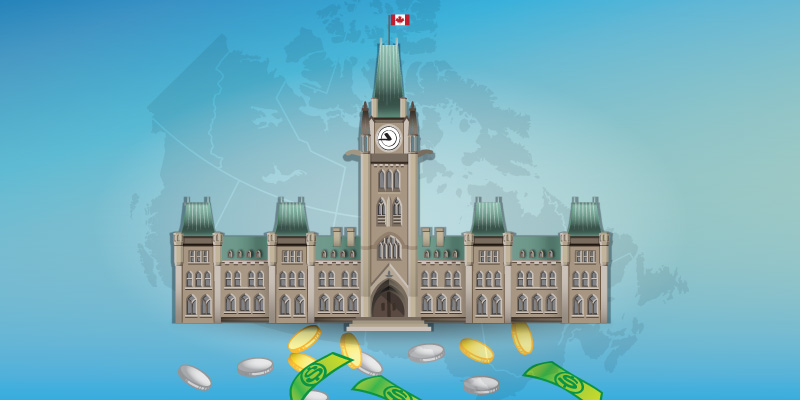Ontario and Quebec now receive approximately 70 per cent of all equalization payments.
federal transfers
In Ontario, federal transfers increased by 87.8 per cent over 10-year period.
Provincial cries for more federal money are as old as Confederation, and rarely have any substance to them.
In a year when two heavyweight provinces, Ontario and Alberta, which together constitute 55 per cent of Canada’s GDP, are running substantial deficits, there are three ways to reduce the red ink.
With the plunge in oil prices over the last six months (and already soft natural gas prices), it’s not headline news to note that provinces heavily dependent on energy-related revenues are suffering.
Asking for more money is common among municipal officials. Despite soaring transfers from higher level governments, municipalities repeatedly claim they need more because their revenue sources lack growth potential.
There is nothing like an election to bring out the optimistic side in peopleand some mythmaking. In Quebec, recent attention focused on Premier Pauline Marois and her musings that if her party wins the provincial election, and if separation one day occurs, that Quebec would keep the Canadian dollar, seek a seat on the Bank of Canada, and that Quebecois might have dual citizenship.
If the average person knows much about federal cash transfers to the provinces, they might know that one program, equalization, is in the constitution. Equalization, a $14.8 billion transfer program funded out of federal taxes, ends up in the coffers of six provinces: Quebec, with the largest share at $7.4 billion, and Manitoba, Ontario, New Brunswick, Nova Scotia and Prince Edward Island, who divvy up the rest.

